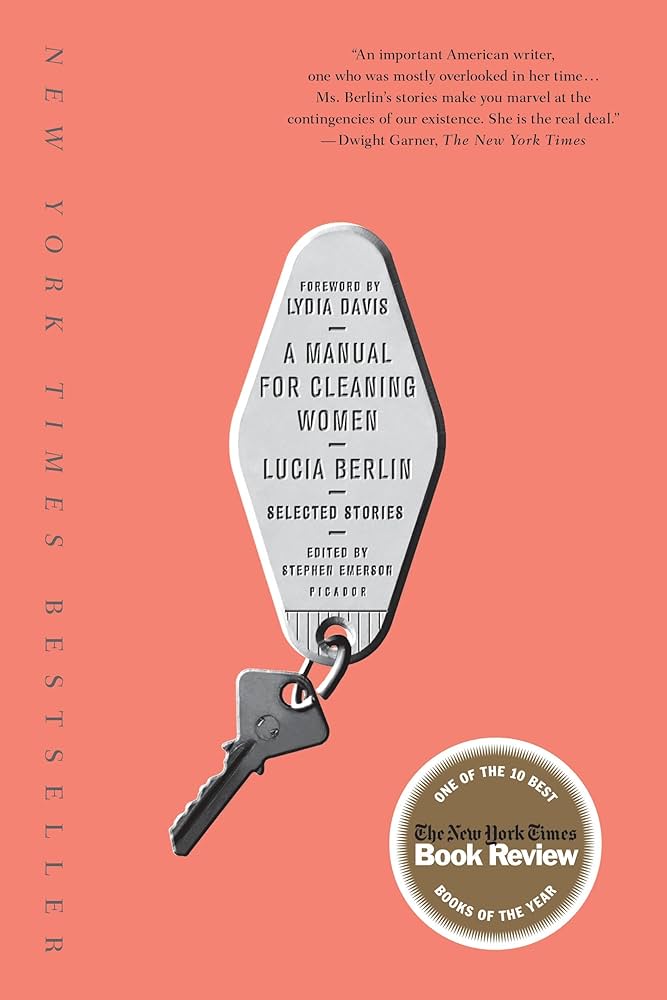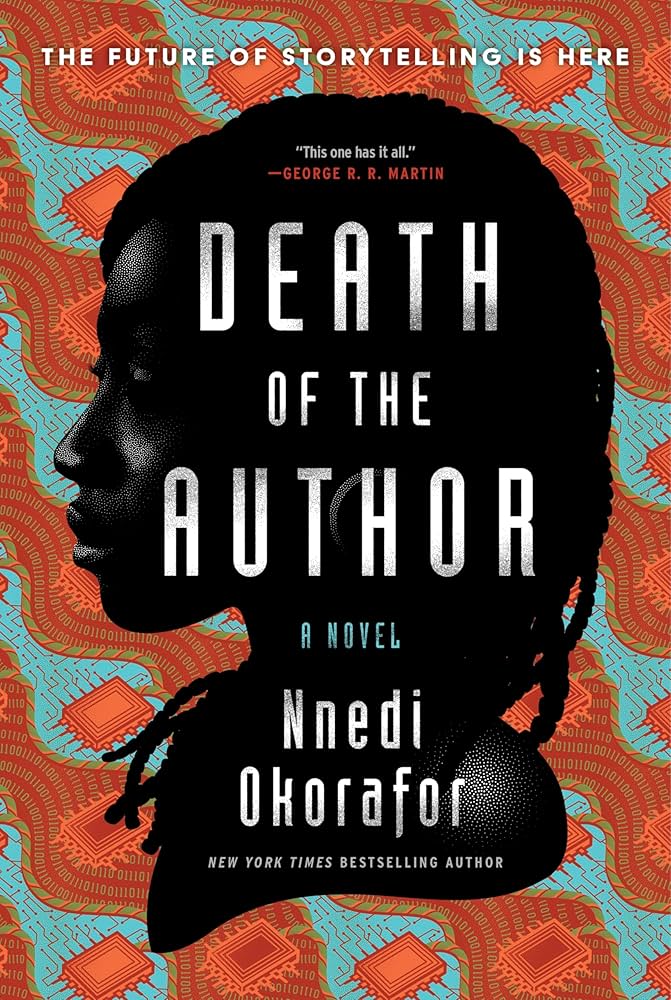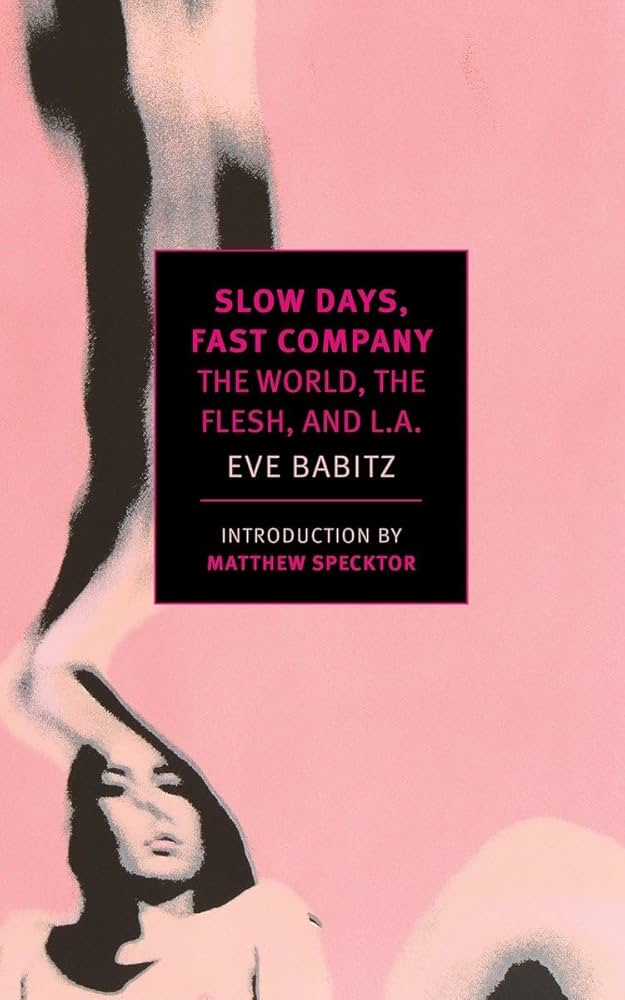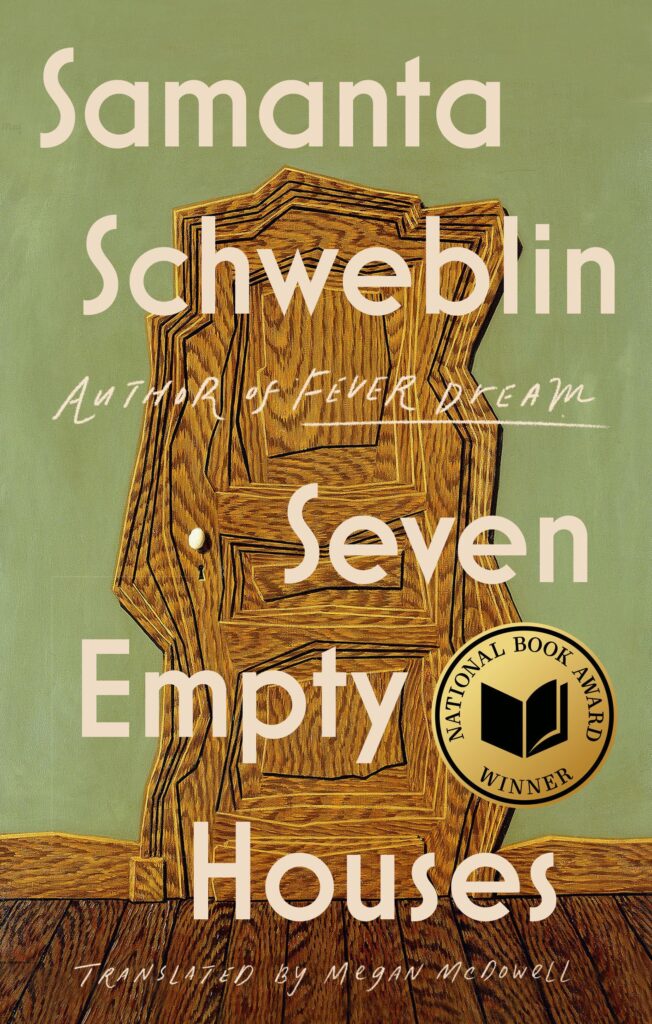A Manual for Cleaning Women is a compilation of 43 short stories by Lucia Berlin, who died in 2004. I’d not heard of Berlin before this was published. I don’t think I’m alone.
I went in naive, mostly. I knew the book was a highly-praised bestseller, and I’d seen her writing compared to Raymond Carver‘s. That was it, and it was enough. I even skipped the foreword and introduction (You can read the foreword here, and it’s probably worth doing if you’re considering picking this up).
It’s clear that these stories are autofiction, in the same way that Carver’s, or Carson McCullers’ are: protagonists with troubled lives or drinking issues that are written in a way that feels almost too personal. In Berlin’s case, the characters recur in stories again and again. One of her recurring protagonists is also named Lucia. Even then, the narrators and settings are often very different (a retiree on vacation, an ER nurse, a drunk single mother, a housecleaner) – how is this autofiction?
From the review in The Guardian:
She had a peripatetic childhood, moving from mining camps in Alaska and Montana before a job opportunity for her father saw the family transported into Chilean high society. Her parents divorced, she spent time with relatives in West Texas, married three times, gave birth to four sons and became an alcoholic (like her mother and several other members of her family). She worked as a high-school teacher, a switchboard operator, receptionist, cleaning woman and emergency room nurse (“I like working in Emergency”, she writes in the perfect miniature My Jockey, “you meet men there, anyway.”) Work is very present in her stories[…]The tone, worldly wise and somewhat regretful, is a sort of hardboiled domestic.
When writing in this mode, Berlin is at her closest to Raymond Carver. “I wrote like him before I ever read him,” she said in a letter. “He liked my work, too – we had good talk. Recognised one another immediately.”
The stories are mostly very short (did I mention there are 43 of them?). The writing is direct and the sentences are short, often only fragments. Berlin’s narrators are blunt, frank women who often speak directly to the reader. Recurring themes are drinking problems, financial problems, messy relationships, and domestic drama.
I’m a big fan of Carver and McCullers, and I didn’t quite connect with Berlin’s stories in the same way, though she doesn’t miss by much. The writing has the same frankness and immersiveness that those writers do, but there is something draining about the themes and situations. That may have been a problem with my method, however.
My default approach is to read one book at a time, cover-to-cover, which is not the right way to come at this book. A Manual for Cleaning Women is best spread out over time. After a dozen or so stories, I started feeling fatigued — the stories are short, but they’re bleak as hell. The prospect of more than 40 of these, one after another, was pretty daunting.
At that point I started to read it around a couple of other books, a story or three at a time, as a break from a heavier topic or when I only had a few minutes. It became a pleasant surprise to run into familiar characters, and the destitution that so many of them faced wasn’t so overwhelming.
It’s been a week since I finished the book. I think about the characters pretty frequently, but the stories haven’t resonated with me the same way the ones from Carver’s Cathedral have, much less What We Talk About When We Talk About Love or Collected Stories of Carson McCullers.
But those authors are dead too, so there won’t be more of their stories. A Manual for Cleaning Women will scratch that itch for sure, but make sure to moderate your intake to get the best mileage out of it.






